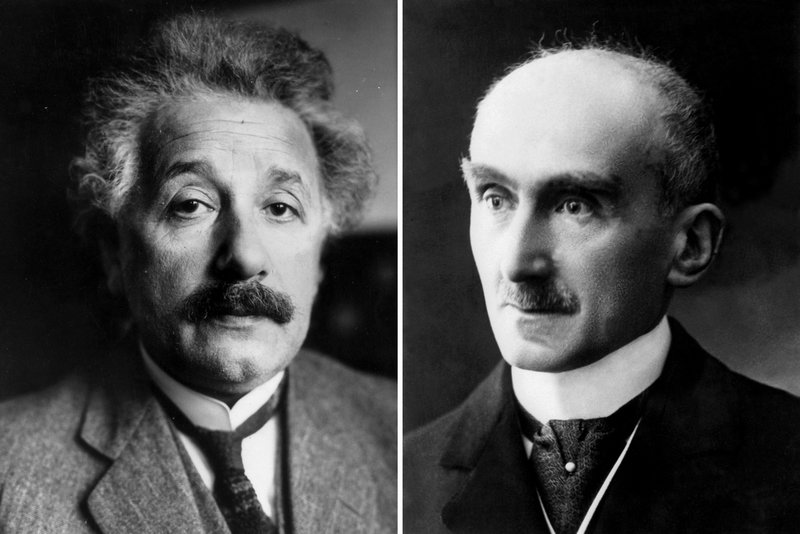Hubble's luck was to come along soon after an ingenious woman named Henrietta Swan Leavitt had figured out a way to do so. Leavitt worked at the Harvard College Observatory as a computer, as they were known. Computers spent their lives studying photographic plates of stars and making computations—hence the name. It was little more than drudgery by another name, but it was as close as women could get to real astronomy at Harvard—or indeed pretty much anywhere—in those days. The system, however unfair, did have certain unexpected benefits: it meant that half the finest minds available were directed to work that would otherwise have attracted little reflective attention, and it ensured that women ended up with an appreciation of the fine structure of the cosmos that often eluded their male counterparts.

One Harvard computer, Annie Jump Cannon, used her repetitive acquaintance with the stars to devise a system of stellar classifications so practical that it is still in use today. Leavitt's contribution was even more profound. She noticed that a type of star known as a Cepheid variable (after the constellation Cepheus, where it first was identified) pulsated with a regular rhythm—a kind of stellar heartbeat. Cepheids are quite rare, but at least one of them is well known to most of us. Polaris, the Pole Star, is a Cepheid.












